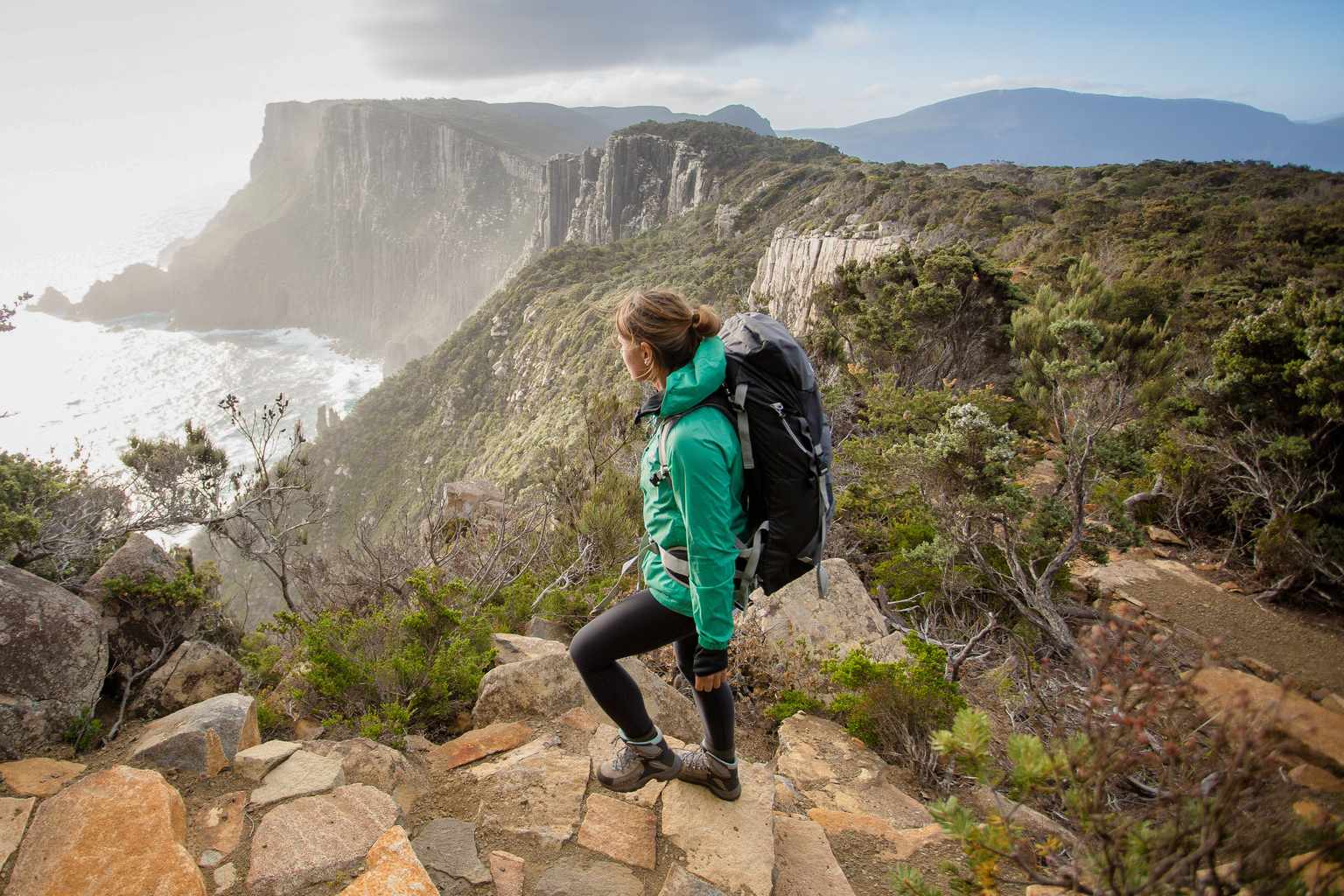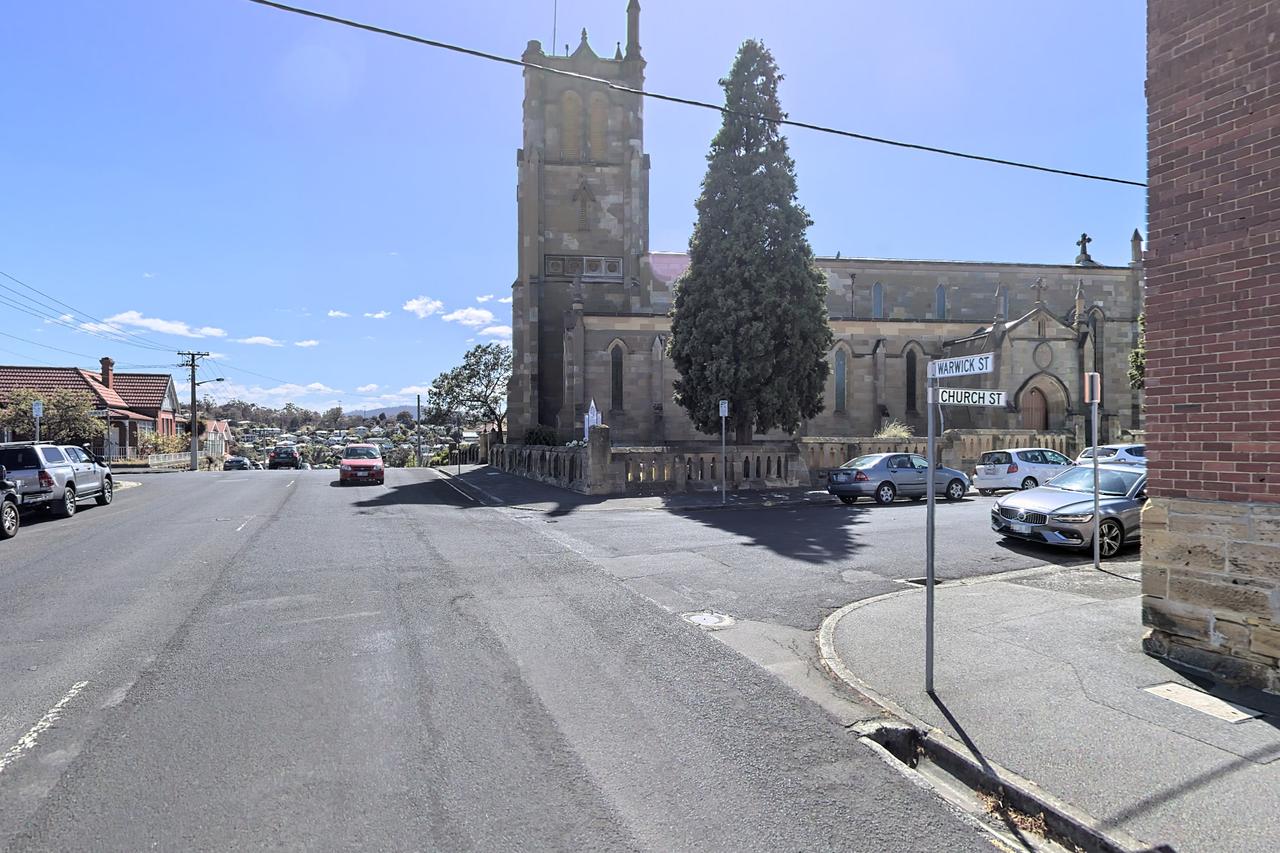A monstrous wave of nearly 18 metres has slammed into Tasmania’s West Coast overnight, breaking the record for the highest wave recorded in Australia in more than a decade.
The giant swell was detected by the Bureau of Meteorology’s ‘Waverider’ buoy, west of Strahan, at Cape Sorell on Thursday morning.
BOM meteorologist Matthew Thomas said the 17.8-metre wave is believed to be the largest since a “monster” 20-metre wave formed in the same location on August 6, 2012.
“The waves that we see at Cape Sorell are some of the highest that we do see anywhere in Australia,” Thomas told Pulse.

He said the average wave height in the area is around eight metres.
“Eight metres is quite high, we’re certainly talking probably top 5% of events with significant wave heights of eight metres,” Thomas said.

The meteorologist described Thursday morning’s 18-metre wave as ‘incredibly rare’, with very few occurring around Tasmania in living memory.
The wave detection buoy, which was originally installed in 1998, samples the wave height every two to five seconds and transmits data back to the BOM every one to three hours.
“We occasionally send people out to service the buoy … there is a cord tethering it to the sea floor so it can’t drift too far away,” Thomas said.
“It’s like an elastic bungee type cord that allows it to move with the wave.”
The BOM say waves of such huge heights occur when a number of different weather conditions all line up at the right time.

“As [wind] blows across the ocean, [it] will start to generate waves and put energy into the ocean,” Thomas told Pulse.
“As the wind changes direction, that energy that’s put into the ocean just keeps going on. So if you have a prolonged period where the wind is blowing in the same direction with the same wind speeds, then you get swells form.”
‘Then you get these freak occurrences where the wind waves and the swell all just line up at the right moment and you get a large wave.”
The BOM believe the 17.8-metre wave officially occurred between 12:30am and 2:30am on Tuesday, with the data transmitted at 2:30am.







